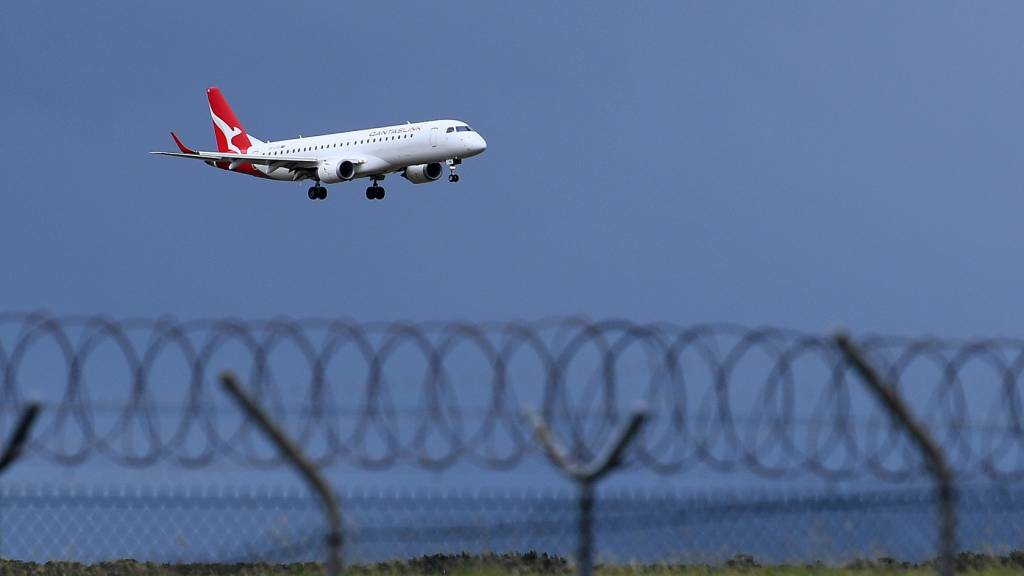
The national carrier Qantas is once again under scrutiny as it announces a significant devaluation of its Frequent Flyer points. Starting August 5, the airline plans to increase the number of points required for reward seats and upgrades by up to 20%. This move is part of a series of adjustments that have gradually reduced customer value, sparking criticism among loyal flyers.
Qantas has justified these changes as necessary updates, marking its first “devaluation” since 2019. However, frequent flyers have noted a pattern of diminishing returns, with previous increases in carrier surcharges and the introduction of higher-cost “Classic Plus” rewards eroding the value of accrued points. This latest adjustment is seen as another blow to the program’s perceived worth.
Impact on Frequent Flyers
While Qantas promotes its largest-ever expansion of Classic Reward seats, offering an additional one million spots and more partner options, the reality for many customers is starkly different. The increased point requirements mean that the average traveler will find their points significantly less valuable.
Additionally, Qantas is nudging its frequent flyers towards its low-cost subsidiary, Jetstar, by making it cheaper to use Jetstar’s reward seats on certain routes. However, this comes with its own set of complications, as some routes have become more expensive. For instance, the cost of a Sydney-to-Melbourne economy reward seat has increased from 8,000 to 9,200 points.
“A business class Classic Rewards seat from Sydney to London will rise from 144,600 points to 166,300 points, with fees increasing from $473 to $648.”
Qantas argues that these adjustments are intended to align Classic rewards with its Classic Plus fares and to continue investing in the program. Yet, for many travelers, especially those relying on international reward bookings, these changes make it increasingly challenging to redeem points for flights.
The Financial Powerhouse Behind Qantas Loyalty
At the heart of the Qantas Frequent Flyer scheme lies a robust financial engine. Points are accumulated not just through flying but also through co-branded credit cards and partnerships with retailers, including the Qantas Shopping site. The airline sells billions of points annually to banks and retailers, who then offer them to customers as incentives.
“In the first half of FY2025, Qantas customers earned 109 billion points, generating substantial upfront cash for the airline, while an estimated 30% of points remain unredeemed.”
The Loyalty division is a cornerstone of Qantas’ financial success, contributing significantly to the airline’s profits. Last year, it delivered a record $511 million in underlying earnings before interest and taxes, a 37% increase from 2019. This division now accounts for nearly a third of the group’s overall profit.
The timing of the points devaluation coincides with upcoming changes to credit card interchange fees by the Reserve Bank, which have historically supported such loyalty programs. As a result, Qantas management is under pressure to maximize returns from the scheme, even at the risk of alienating its core customer base.
Operational Challenges and Fleet Management
Beyond the loyalty program, Qantas is facing operational challenges, particularly in fleet management. The airline has increasingly adopted practices typical of low-cost carriers, affecting service quality and customer satisfaction. Reports of subpar in-flight services and stringent carry-on luggage policies have become more common.
Qantas is also grappling with an aging fleet, with a significant portion of its domestic “red tail” planes in need of renewal. While the airline is gradually updating its fleet, only a third of its Boeing 737 planes are receiving upgrades. The rest rely on older aircraft, leading to concerns about reliability and passenger experience.
“Qantas has acquired nearly 30 used Embraer E190 jets and nine ‘mid-life’ Airbus A319s to bolster its domestic routes, but these acquisitions highlight the airline’s reliance on second-hand aircraft.”
The state of the fleet has resulted in frequent maintenance-related disruptions, with last-minute aircraft swaps often leaving passengers in less desirable seats. Additionally, Qantas has acknowledged that its new A321XLRs, set to operate on international and domestic routes, are down one toilet, further complicating passenger comfort.
Looking Ahead
The devaluation of Qantas’ Frequent Flyer points and the ongoing operational issues present significant challenges for the airline. As it navigates these changes, the carrier must balance profitability with customer satisfaction to maintain its competitive edge.
For frequent flyers, the evolving landscape of loyalty programs means reassessing the value of their points and exploring alternative options. Meanwhile, Qantas must address its fleet management and service quality to retain customer loyalty and trust.
As the airline industry continues to adapt to shifting economic conditions and consumer expectations, Qantas’ strategies will be closely watched by both industry experts and loyal customers.







